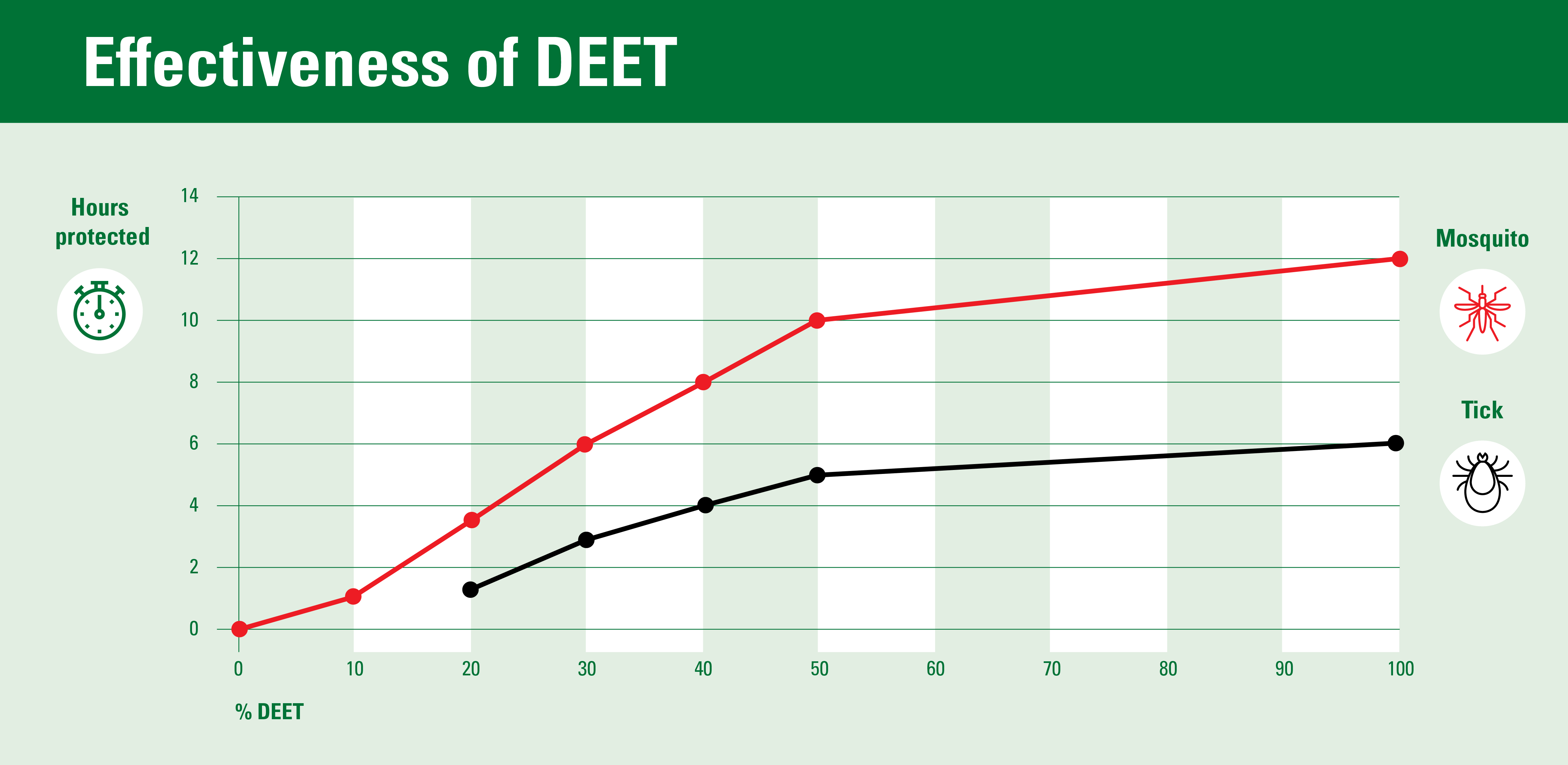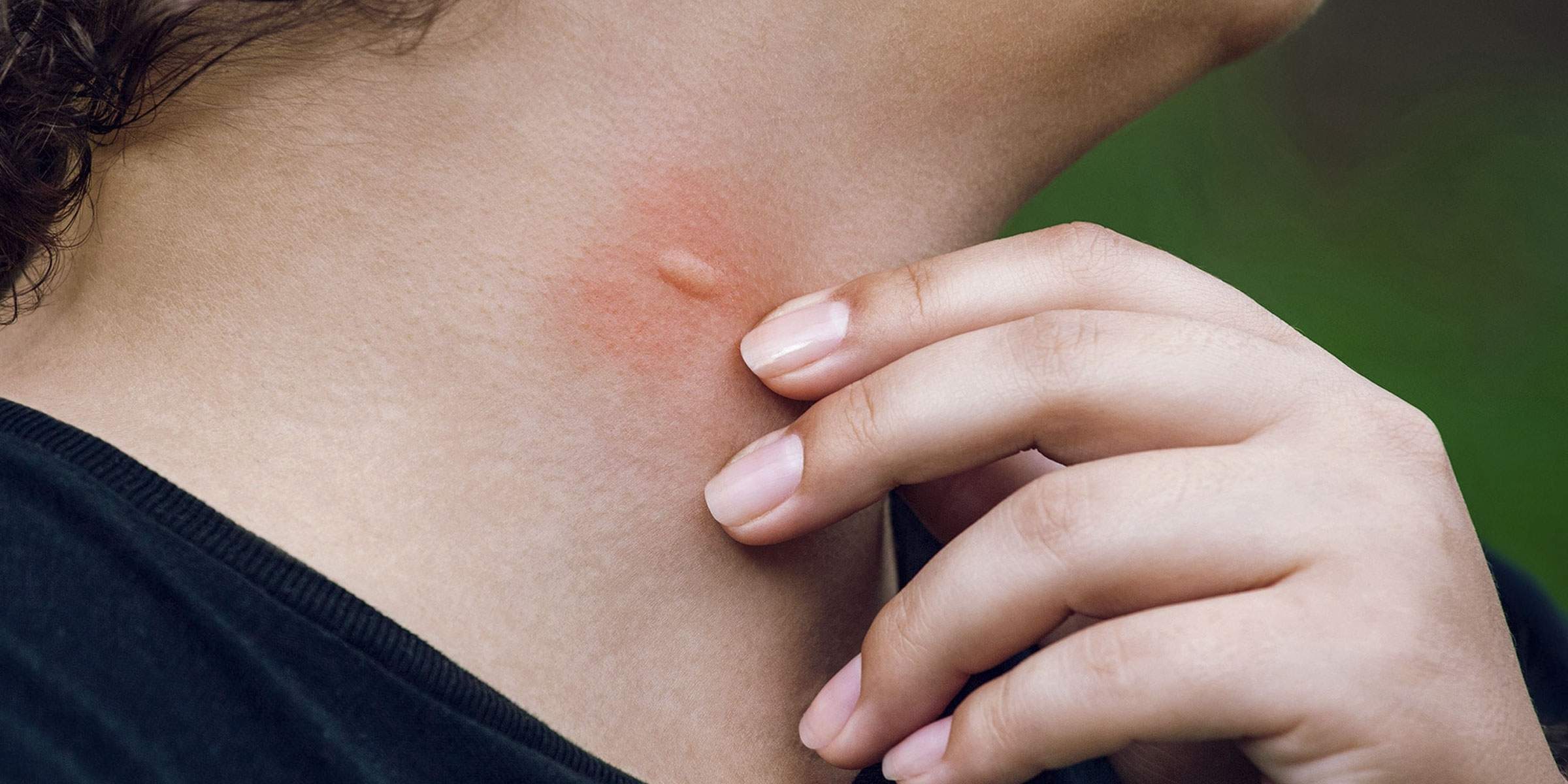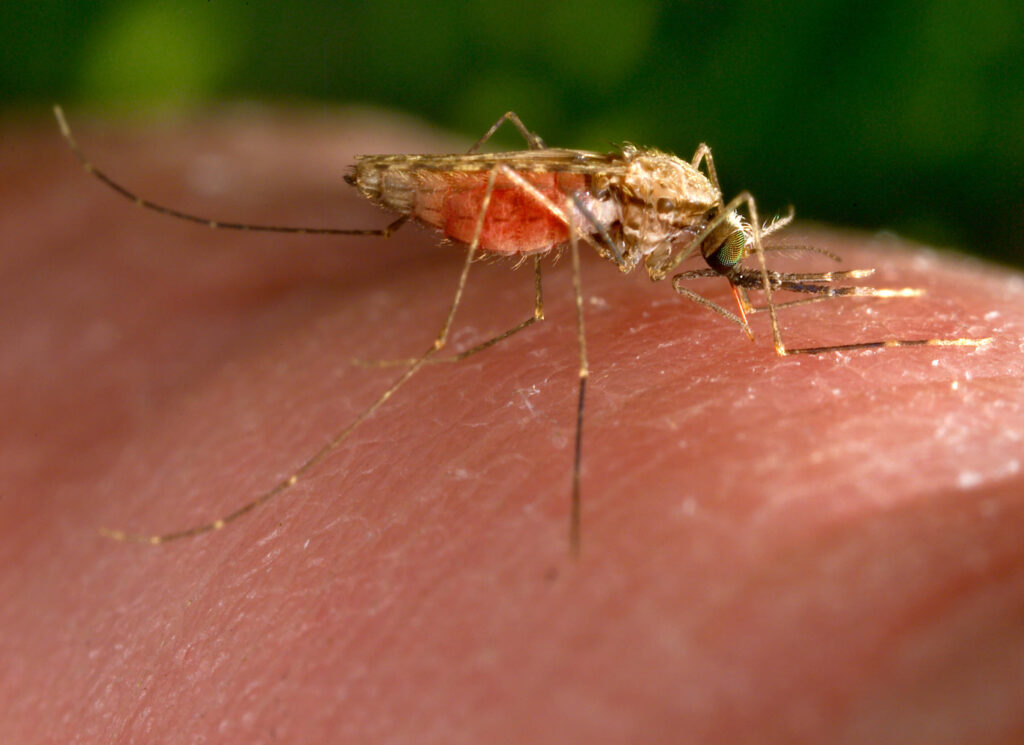
Moustiquaires de voyage imprégnées
Les moustiquaires offrent une protection contre les moustiques
Depuis des temps reculés, la moustiquaire est un moyen éprouvé de prévenir les piqûres de moustiques pendant le sommeil. Le mot moustiquaire vient du mot malais kelambu. Ce mot d’emprunt a été trouvé pour la première fois en 1859 et signifie littéralement « filet au-dessus du lit ». Une moustiquaire est donc littéralement une barrière entre le moustique et sa proie. La plupart des moustiques deviennent actifs après le coucher du soleil, lorsque les gens se couchent pour dormir. Le risque de se faire piquer par un moustique est beaucoup plus faible lorsque vous dormez sous une moustiquaire. De plus, vous n’avez pas à vous soucier du bourdonnement autour de vos oreilles, ce qui vous permet de profiter d’une nuit de sommeil sûre et non perturbée.
Qu’est-ce qu’une moustiquaire imprégnée?
Dans les années 80, le chercheur Chris Curtis a fait de nombreuses recherches sur les moustiquaires sur lesquelles un insecticide était appliqué. La perméthrine est l’insecticide de contact le plus couramment utilisé, dont la quantité est assez faible (200 milligrammes par m2). Cependant, cela suffit à empêcher les moustiques qui se posent sur la moustiquaire de survivre. En outre, ils ont trop peu de temps pour mordre à travers le filet ou trouver un trou dans le filet. Un autre avantage de ce traitement est qu’il y a moins de moustiques dans la pièce (jusqu’à 70% de réduction). Par conséquent, choisissez toujours un filet imprégné dans les zones à risque et assurez-vous qu’il est assez grand.
Sécurité de la perméthrine
La perméthrine est un insecticide appartenant au groupe des pyréthroïdes de synthèse. Lorsqu’elle est utilisée en faible quantité, l’utilisation d’une moustiquaire imprégnée est sans danger. La perméthrine est répandue en particules (sèches) sur le filet. En cas de contact, par exemple lors de l’accrochage ou du rangement, des particules de perméthrine peuvent se retrouver sur la peau. Cette substance n’est pas dangereuse pour la peau, mais vous devez faire attention à ne pas toucher vos yeux, votre nez ou votre bouche. Lavez toujours vos mains après avoir touché une moustiquaire imprégnée.
Un trou dans la moustiquaire
Les moustiquaires sont vulnérables et une mauvaise utilisation ou l’usure peut entraîner un trou dans votre moustiquaire. Les moustiques sont vraiment tenaces et ont toute la nuit pour trouver une entrée. Un petit trou ou une ouverture dans la moustiquaire peut être suffisamment grand pour qu’un moustique y pénètre. Par conséquent, veillez toujours à ce que le bas de la moustiquaire soit replié sous le matelas ou qu’il atteigne le sol. Les trous peuvent être réparés à l’aide de ruban adhésif, d’épingles à nourrice ou de notre système multifonctionnel Bug Sheet.
Vous avez été piqué par un moustique ? Cela peut être dû au fait que vous avez dormi avec votre bras contre le filet, par exemple. Un moustique n’a besoin que d’un court instant pour piquer, il peut donc encore provoquer une bosse. Veillez donc à garder une distance suffisante avec le filet dès que vous vous mettez au lit.
Moustiquaires imprégnées pour les enfants
Les enfants des zones de malaria sont malheureusement le plus grand groupe cible des moustiquaires contaminés. Environ 405 000 personnes meurent chaque année de cette maladie, dont un grand nombre d’enfants de moins de cinq ans. Pour ces enfants, les moustiquaires imprégnées sont une bouée de sauvetage. Les filets conviennent donc également aux jeunes enfants qui vous accompagnent lors d’un long voyage.
Veillez à ce que les enfants n’entrent pas en contact avec leur bouche, leurs yeux ou leur nez après avoir touché la moustiquaire. Laissez par exemple les enfants dormir dans un sac de couchage afin qu’ils n’entrent pas en contact avec la moustiquaire et qu’ils se frottent ensuite les yeux, se curent le nez ou mettent leur pouce dans la bouche. La quantité de perméthrine présente sur une moustiquaire n’est jamais dangereuse pour la santé, mais elle peut provoquer des irritations. Toutes nos moustiquaires sont conformes aux directives de l’Organisation mondiale de la santé (OMS).



































